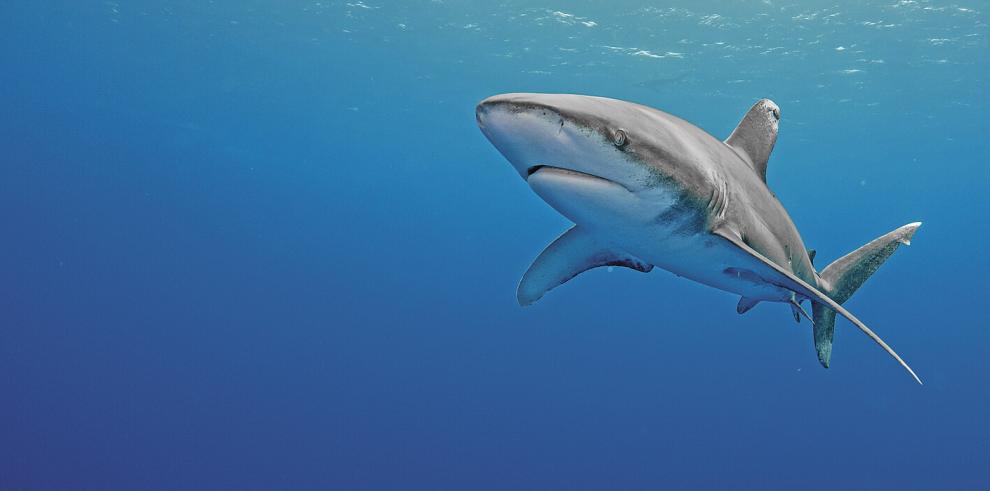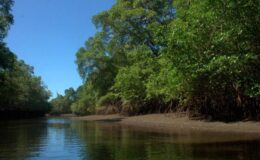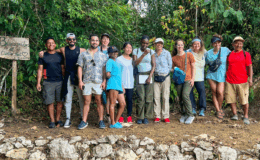Panama assuming lead in organizing COP on Endangered Species
- By : James Bryson
- Category : Conservation, Environmental

Representatives from 183 countries will participate between November 14 and 25 in Panama at the 19th Conference of the Parties (COP) of the Convention on International Trade in Endangered Species of Wild Fauna and Flora (Cites).
More than 2,500 attendees are expected from the 183 countries that have signed the Convention, senior officials of the United Nations environment agency, representatives of international organizations and NGOs focused on environmental issues, who will address the proposal to include species in the different appendices threatened around the world.
Appendices I, II and III of Cites are lists of species that offer different levels and types of protection against excessive exploitation, since the purpose is to ensure that international trade in wild animals and plants does not threaten their survival in their natural environment. .
Appendix I includes the species of fauna and flora on which the greatest degree of danger hangs; II are those that are not necessarily threatened with extinction but could become so, and III covers those requested by a member that already regulates its trade and needs the cooperation of other countries to avoid unsustainable or illegal exploitation.
The treaty offers various degrees of protection and covers more than 38,000 species of animals and plants.
Cites is one of the international environmental agreements with the largest number of members (States and economic integration organizations), known as “parties”, who adhere voluntarily. Although it is legally binding for the members, it does not supersede national legislation.
It has its origins in a meeting of the members of the International Union for Conservation of Nature (IUCN) held in 1963. The text of the convention was agreed upon by 80 countries in the US in March 1973, and entered into effective July 1, 1975.
PANAMA PROPOSES TO PROTECT 54 SHARK SPECIES
Participants at COP19 Cites will debate 52 proposals from States to amend Appendices I and II. Panama’s proposal has the greatest support prior to the meeting, according to an expert told EFE.
Panama has proposed to protect a total of 54 shark species worldwide through their inclusion in Appendix II of Cites as they are threatened by unsustainable, unregulated fishing and the global trade in fins and meat.
Proposal 37, authored by Panama, on sharks of the “Carcharinidae” family, has the support of countries such as Bangladesh, Colombia, the Dominican Republic, Ecuador, El Salvador or the members of the European Union, among others.
“It is the proposal that has received the greatest amount of support prior to the COP,” Juan Manuel Posada, manager of Sciences of the MarViva Foundation of Panama, told EFE.
Posada explained that the proposal includes “sharks of the Carcharinidae family, which in this case are 19 specific ones plus all the species that are included in 10 genera of that family.”
“Because it is a proposal from Panama (…) we would say that it will be the protagonist of the event. (…) We are optimistic,” he added.
Marviva, a foundation linked to the Cites meeting, explained that the proposals to be analyzed this year include two other initiatives focused on addressing the situation of sharks and marine rays, since more than 60% of their species face threats that endanger their survival.
In addition to 37, proposals 38 and 40 (which Panama supports) seek that the international commercialization of these species can only be carried out with a Non-Detrimental Extraction Opinion (DENP), which would regulate whether or not their extraction affects their ability to survive. .
“Cites does not prohibit commercial activity, but rather restricts it based on the guarantee of the sustainability of resources,” Posada concluded.



No Comments